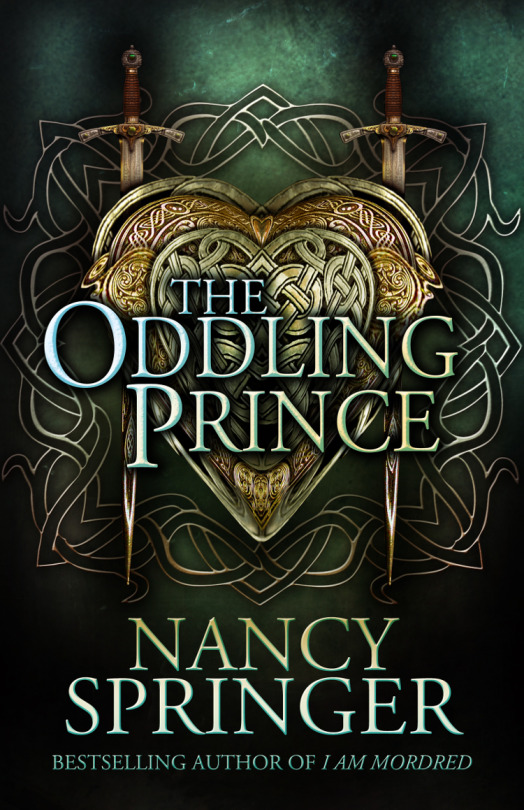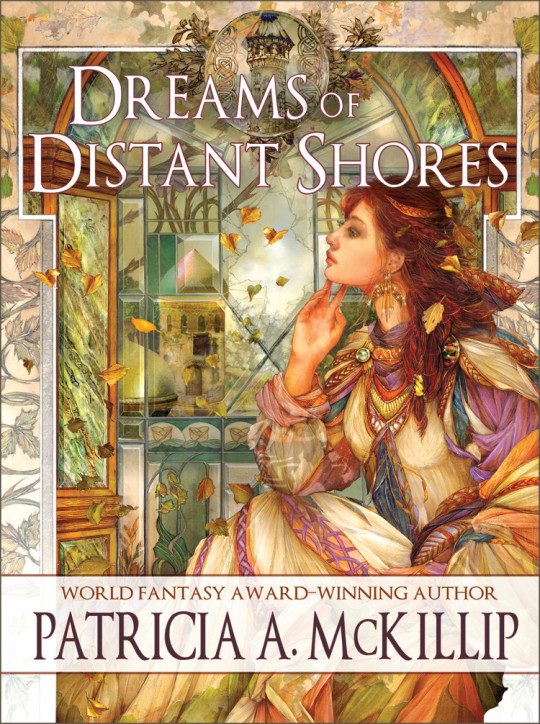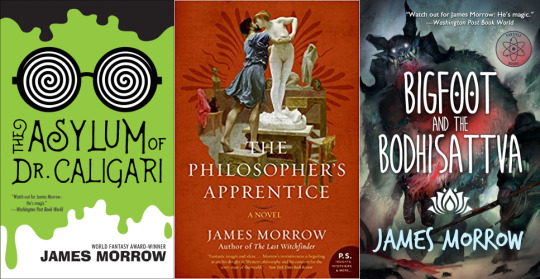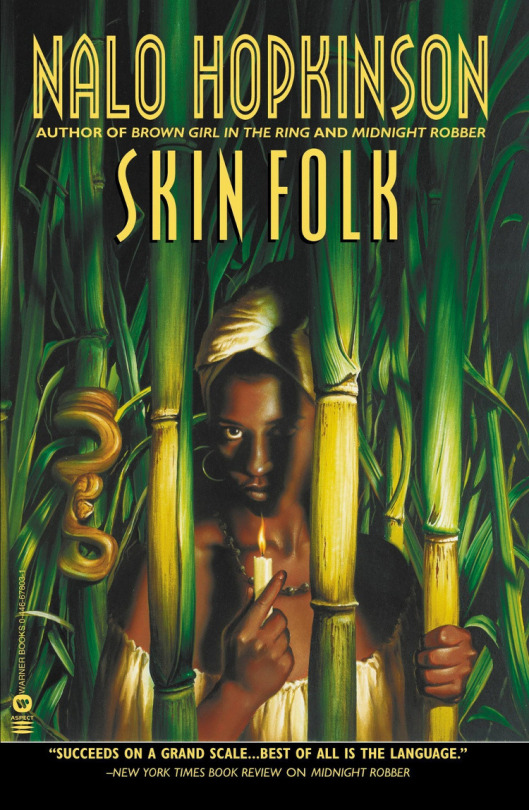Tachyon tidbits featuring Nancy Springer, Patricia A. McKillip, James Morrow, and Nalo Hopkinson
The latest reviews and mentions of Tachyon titles and authors from around the web.

Nancy Springer (photo: Lyla Ellzey), Patricia A. McKillip (Stephen Gold/Wikimedia Commons), James Morrow, and Nalo Hopkinson (David Findlay)
MYLIFEMYBOOKSMYESCAPE interviews Nancy Springer.
DJ: What is THE ODDLING PRINCE about?
Nancy: Two heroes and the bond between them, which should surprise none of my longtime readers, because just this sort of thing has been a frequent theme in my writing. Why? Because vivid, compelling, almost frightening daydreams along those lines have obsessed me most of my life since I was fifteen. The first fantasies I wrote, which were also my first novels, always had two noble heroes, faithful comrades, one dark, moody, poetic and visionary, the other sunny and prosaic, gallant and steadfast. In hindsight, I can see I was working out profound psychological problems — but interestingly, the compulsion to fantasize ceased sometime after I met my second husband, the love of my life. Still, a good while later, I wrote THE ODDLING PRINCE because of one last daydream I’d kept in memory, a tale of a seemingly ordinary prince and his oddling double. This time, however, neither of my heroes is dark and moody. Devoted to each other, both are tall and fair-haired, looking nearly as alike as twins. This time the grim, stormy element comes from someone with authority over them, the king. The result is a fraught triangle of turbulent loyalties. This book is about a love worthy of legend, valor in battle, fealty threatened by jealousy and suspicion, a seemingly doomed quest for the sake of brotherhood, and the dangers come in so many forms…forgive me for being so vague. I don’t want to let go a spoiler.

DJ: What were some of your influences for THE ODDLING PRINCE?
Nancy: The root influence for all of my fantasy novels goes back fifty years, to my college days: the early poetry of William Butler Yeats. After falling in love heart and soul with his very Irish vision (my father was an Irish immigrant), over the next decade or two I read cartloads of original material and research in Celtic culture and mythology. As for more recent influences, no, there are none that I can think of.

Terence Toh on BORNEO EXPAT WRITER interviews Malaysian authors, publishers and readers discuss the long and short of short story collections.
As it turns out, Malaysians are also fond of short story anthologies. Some readers, however feel that anthologies often get the short end of the stick compared to longer works.
“I do think short story collections are generally less celebrated and less effort is put into marketing them. I think they are unfairly dismissed as a gateway medium for novice writers. There’s a certain privileging of the novel format as the ultimate medium of literature,” says avid reader Diana Yeong, 43.
Yeong says while she doesn’t actively seek out short story collections, she doesn’t shy away from them either. Some of her favourite collections included Patricia McKillip’s DREAMS OF DISTANT SHORES (2016), Ted Chiang’s Stories Of Your Life And Others (2010) and Ken Liu’s The Paper Menagerie And Other Stories (2011). “Collections can be hit and miss and more often than not will have at least a couple that miss the mark, and only one or two in the entire collection that have that ‘wow’ factor,” Yeong says.
“There’s an element of delicious surprise going into each story, which is a nice contrast with the immersive nature of novel reading. I like diving deep into characters and places and situations with novels, but short stories are a refreshing change of pace.”

THE FRANKENSTEIN MEME asks James Morrow 10 questions about his novel, The Philosopher’s Apprentice, and its relationship to Mary Shelley’s Frankenstein.
The “Frankenstein and Your Work” question: What impact has Frankenstein had on your writing? Are there aspects of the novel that have especially influenced you in general?
When in a strictly intellectual mode, I can tease my original adolescent (in both senses of the term) reading of the novel apart from the numerous cinematic Frankensteins that have emerged over the years from Hollywood’s Universal Pictures and Britain’s Hammer Films. But at the emotional level, I can’t sustain that dichotomy. I love—and in many cases also respect—the celluloid incarnations of Shelley’s brainchild. Indeed, I used the writing of The Philosopher’s Apprentice as an excuse to revisit several dozen movies that trace (sometimes overtly, sometimes obliquely) to the original novel.
Fun fact: although the Universal Frankenstein films are drenched in Expressionist shadows and faux-Gothic, Mittle-European atmosphere, they’re actually all set in the twentieth century, with telephones, automobiles, and public lighting appearing routinely. Not until the Hammer revolution (beginning with The Curse of Frankenstein in 1957) was Shelley’s vision accorded an appropriate period setting.
As a film buff, I don’t necessarily put a premium on fidelity to literary sources. The three-hour Mark Kruger-directed Frankenstein starring Alec Newman, Luke Goss, and William Hurt (spun from a TV miniseries) is intensely faithful to the book, but it’s also a boring movie. Give me James Whale’s The Bride of Frankenstein or Terence Fisher’s The Revenge of Frankenstein any time!
To answer your question, beyond The Philosopher’s Apprentice, many of my short stories owe something to the Frankenstein meme, especially “The Wisdom of the Skin” (a Shelley-inspired resurrection story), “Spinoza’s Golem” (the title says it all), “The Iron Shroud” (another Golem yarn), “Lady Witherspoon’s Solution” (steampunk feminism keyed to chemically induced devolution), BIGFOOT AND THE BODHISATTVA (about the Yeti’s formal education in Tibetan Buddhism), and my stand-alone novella, THE ASYLUM OF DR. CALIGARI.

LEVAR BURTON READS LIVE! in Los Angeles: “Money Tree” by Nalo Hopkinson.
A young man sets out to uncover sunken treasure and make his fortune, and his sister must pick up the pieces. Recorded on the LeVar Burton Reads LIVE! tour. With accompaniment by vibraphonist Justin Thomas, and featuring a conversation with the author. This story appears in Nalo Hopkinson’s collection SKIN FOLK.
For more info on THE ODDLING PRINCE, visit the Tachyon page.
Cover art by Brian Giberson
Design by Elizabeth Story
For more info on DREAMS OF DISTANT SHORES, visit the Tachyon page.
Cover by Thomas Canty
For more info on THE ASYLUM OF DR. CALIGARI, visit the Tachyon page.
Cover by Elizabeth Story
For more info on BIGFOOT AND THE BODHISATTVA, visit the Tachyon page.
Cover by Richard Braithwaite
Design by Elizabeth Story
